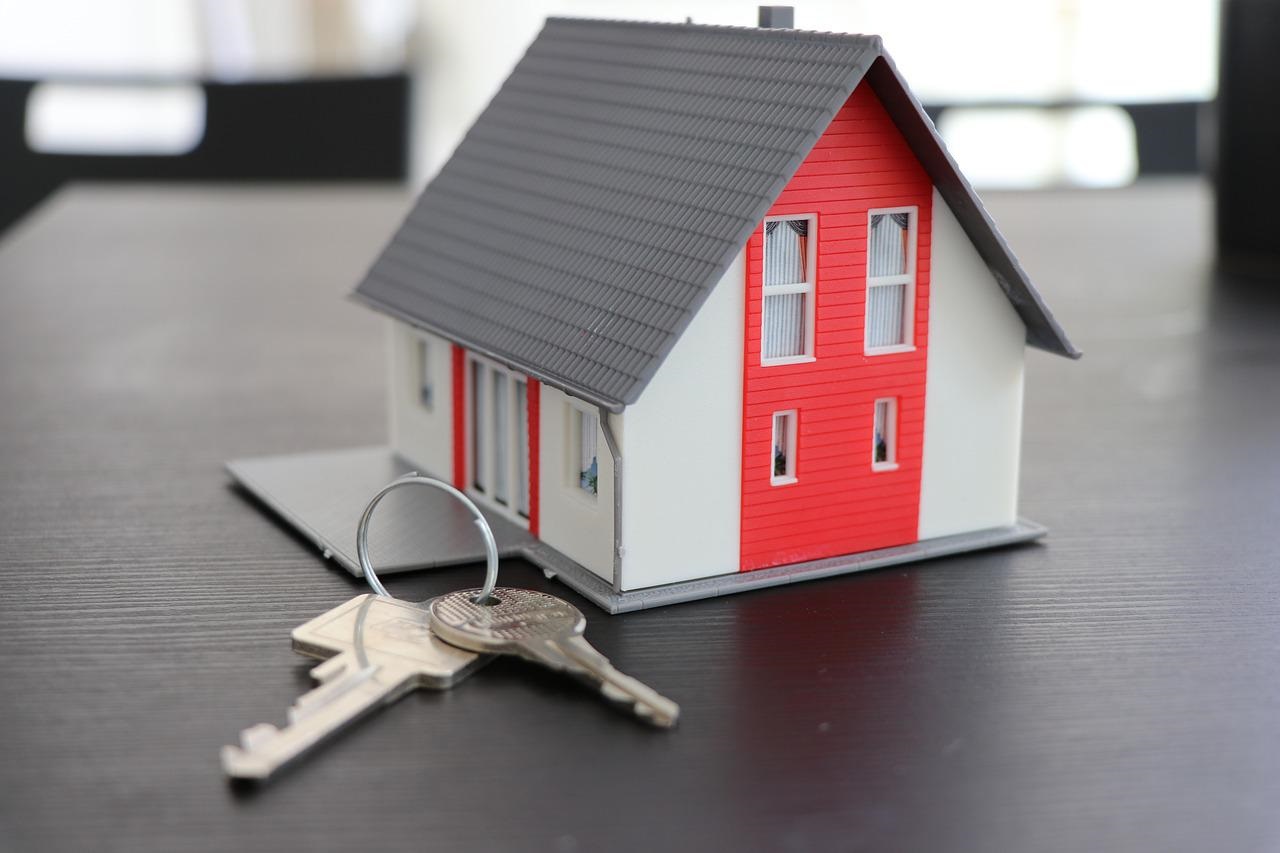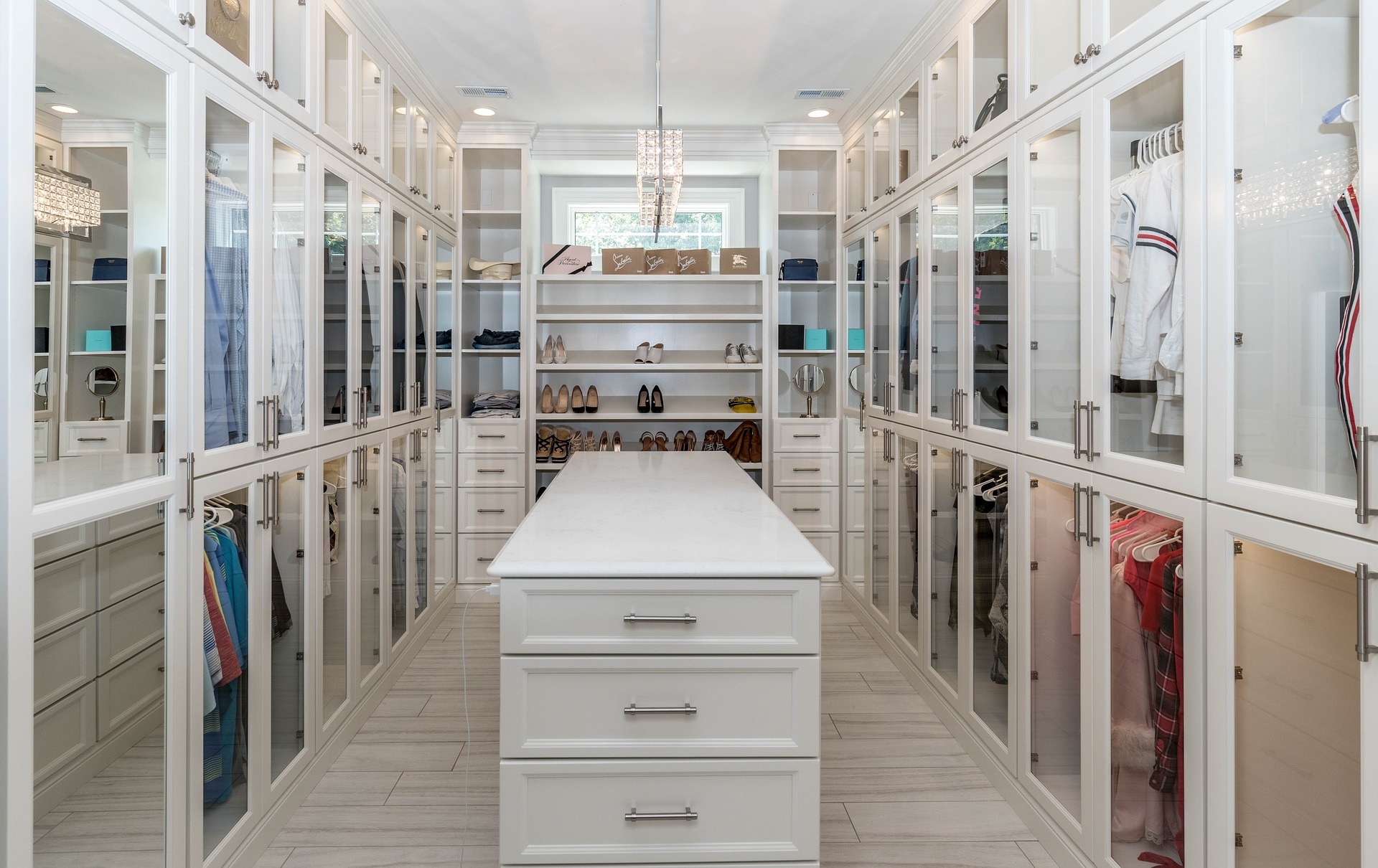1. Decide what you can afford. Generally, you can afford a home equal in value to between two and three times your gross income.
2. Develop your home wish list. Then, prioritize the features on your list.
3. Select where you want to live. Compile a list of three or four neighborhoods you’d like to live in, taking into account items such as schools, recreational facilities, area expansion plans, and safety.
4. Start saving. Do you have enough money saved to qualify for a mortgage and cover your down payment? Ideally, you should have a minimum 5 percent of the purchase price saved as a down payment. Also, don’t forget to factor in closing costs. Closing costs — including taxes, attorney’s fee, and transfer fees.
5. Get your credit in order. Obtain a copy of your credit report to make sure it is accurate and to correct any errors immediately. A credit report provides a history of your credit, bad debts, and any late payments.
6. Determine your mortgage qualifications. How large of mortgage do you qualify for? Also, explore different loan options — such as 30-year or 15-year fixed mortgages and decide what’s best for you.
7. Get pre-approved. Organize all the documentation a lender will need to pre-approve you for a loan. You might need a T4, copies of at least one pay stub, account numbers, and copies of two to four months of bank or credit union statements.
8. Weigh other sources of help with a down payment. Do you have RRSP’s? You may be able to use the money you’ve saved to buy your fist home without paying a penalty for early withdrawal.
9. Calculate the costs of homeownership. This should include property taxes, insurance, maintenance and utilities, and strata fees, if applicable.
10. Contact a REALTOR®. Find an experienced REALTOR® who can help guide you through the process.




